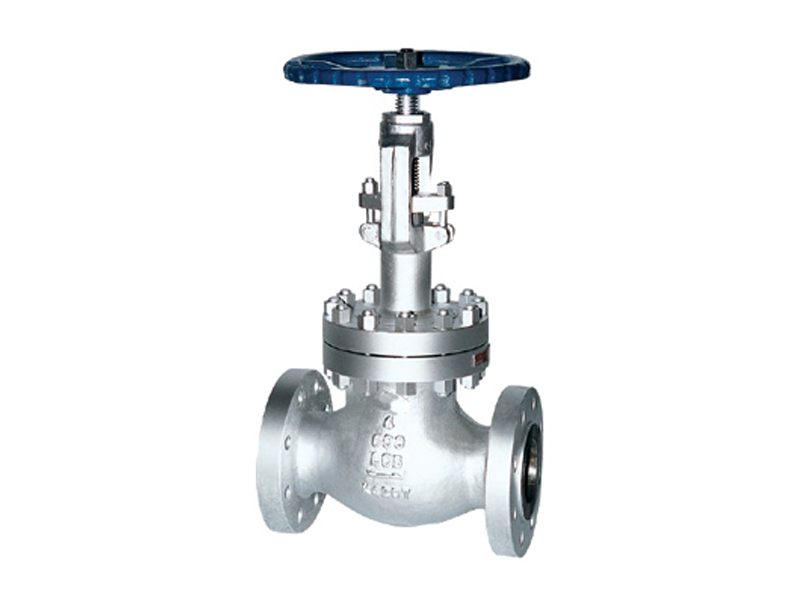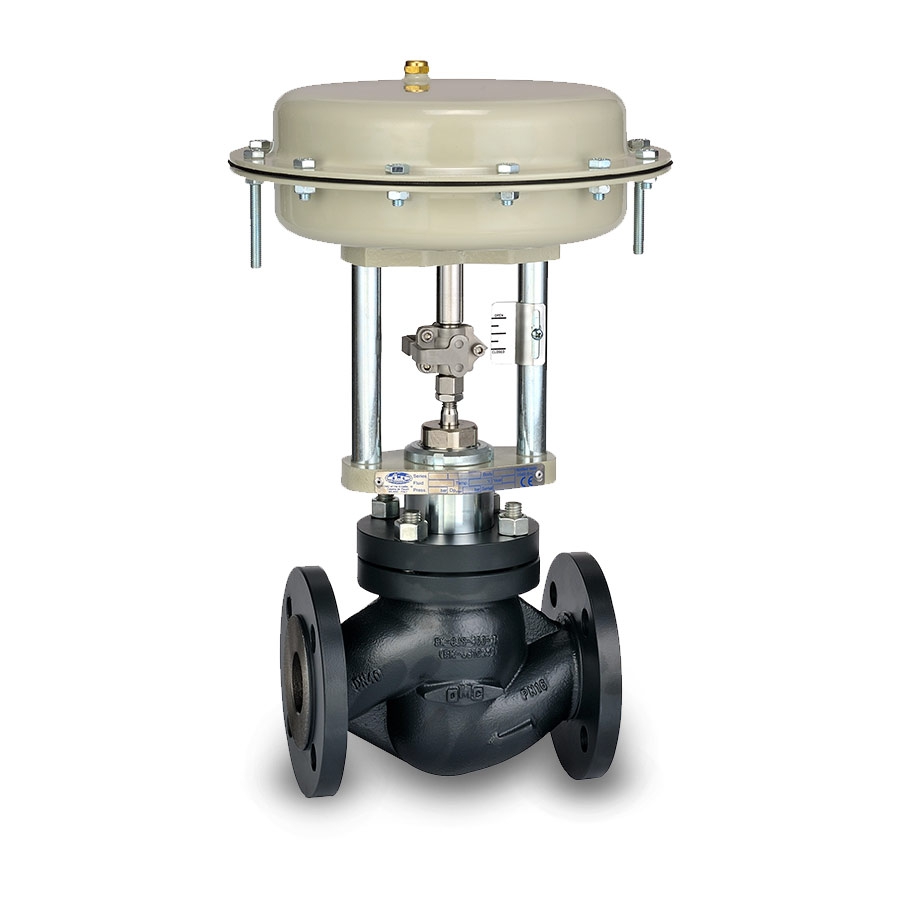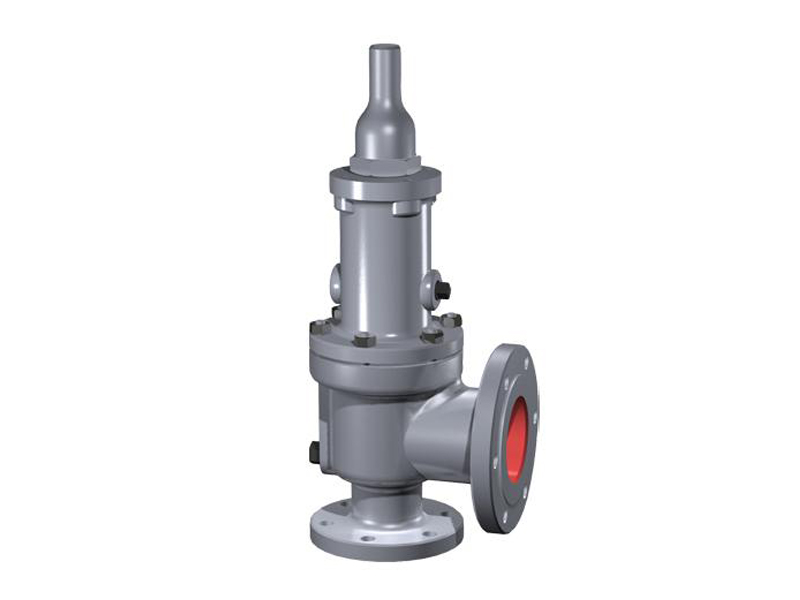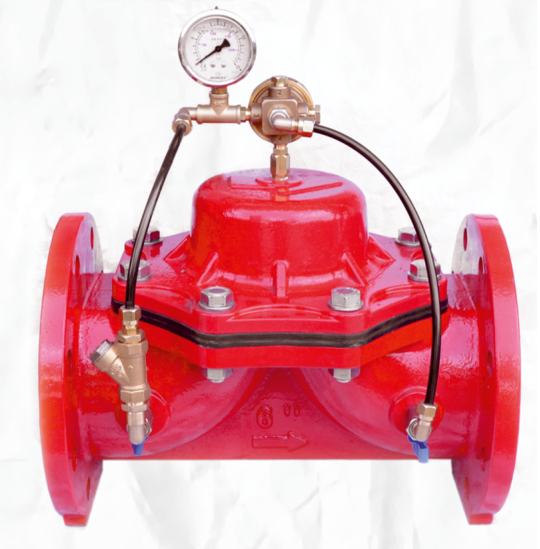ANSI valves are a type of valve used in different industries. They are used. ANSI valves are available exclusively for diversity.
What is Ansi Valve?
ANSI valve is a valve designed to meet the dimensional standards of the American National Standards Institute (ANSI). These valves are used in a variety of industries, including the oil and gas, chemical, power generation, and food and beverage industries. ANSI valves are available in a variety of materials, including brass, stainless steel and carbon steel. They can be fitted with a variety of different gasket types, such as O-rings, to ensure a tight seal. ANSI valves can be operated manually or automatically and can be controlled with a variety of different actuators.
Where Are Ansi Valves Used?
Ansi valves are used in a variety of industries, including oil and gas, chemical processing, power generation and water treatment. They are also commonly used in commercial and industrial applications such as HVAC systems and plumbing systems. The use of ansi valves is quite common. Ansi valves are used in many sectors that can operate in the temperature range of (-200 °C) – (+700 °C). They are produced to be connected to the installation with flanged, threaded or welded joints. Ansi valve usage areas are as follows:
- Chemical industry
- Food industry
- Shipbuilding
- Natural gas installation
- Heating and cooling systems
Ansi valves are a versatile and reliable option for many different applications. They are available in a variety of sizes and configurations and can be custom made to meet the needs of any application. With a wide variety of materials and seals to choose from, ANSI valves can be tailored to meet the specific needs of any application.
Whether you need a valve for a high pressure application or a low maintenance solution, ANSI valves are a great option to consider. Ansi valves are one of the most popular types of valves used in industrial applications. They are available in a variety of sizes and materials and can be used for a wide variety of applications. Ansi valves are known for their durability and reliability and are often used in high pressure and high temperature applications.
Ansi Valve Types
There are two main types of Ansi valves: ball valves and butterfly valves. Ball valves are designed to allow flow in only one direction, while butterfly valves allow flow in both directions. Ball valves are often used in applications where a high degree of control is required, such as in the petrochemical industry. Butterfly valves are often used in applications where a lower degree of control is required, such as in the food and beverage industry.
There are many different valve models, ansi variants. Thanks to our domestic and international stocks, we can quickly supply ansi valves. As Ada Valve, we have been meeting the ansi valve needs of the industry for years. The most commonly used ansi valve types are as follows:
- ANSI ball valve
- ANSI butterfly valve
- ANSI check valve
- ANSI gate valve
Ansi valves are available in a variety of materials, including brass, bronze, stainless steel and plastic. The material you choose will depend on the application in which the valve will be used. For example, brass valves are often used in applications where corrosion resistance is important, while stainless steel valves are often used in applications where high temperatures are important.
When choosing an Ansi valve, it is important to consider the operating conditions of the application in which it will be used. Ansi valves are rated for both pressure and temperature, so it's important to choose a valve rated for the application's maximum operating conditions.
Ansi valves are a popular choice for industrial applications due to their durability and reliability. They are available in a variety of sizes and materials and can be used for a wide variety of applications. When choosing an Ansi valve, it is important to consider the operating conditions of the application in which it will be used and to select a valve rated for the application's maximum operating conditions.
Ansi Valve Weight
Since Ansi valves can be produced from various materials, there is no definite answer to this, their weight varies according to the material used and the area of use. Varying weights allow Ansi Valves to expand their usage areas and to be preferred quite a lot. In cases where the valves are used without considering their weight, errors may occur in the systems.
For this reason, as with other valves, you should provide detailed information about the system in which the valve will be used, and use the right valve in the appropriate systems, while ordering for Ansi Valves. Otherwise, you may not get the desired efficiency from the valves. As Adavana, we have the chance to manufacture the valves in the most suitable way for your system, as we work on special production.
Ansi Valve Working Principle
Generally, an ANSI valve works using a variety of different mechanisms to control the flow of fluid through a pipe or other system. These mechanisms may include things like a diaphragm, a piston, or a series of interconnected valves.
Ansi Valve Dimensions
ANSI valve sizes are used to indicate valve size in an American National Standards Institute (ANSI) system. This system is used to determine the size of valves, fittings, and other pipe components in US conventional units. ANSI valve sizes are typically expressed as a numeric notation in inches, such as "1/2-inch" or "2-inch". The ANSI valve size assignment differs from the actual physical dimensions of the valve, typically expressed in millimeters.
For example, a 1/2" ANSI valve is designed for use with a 1/2" ID pipe. The ANSI designation for a valve is always expressed as a fraction, such as 1/2 inch, 3/4 inch, or 1 inch. The numerator of the fraction (first number) corresponds to the size of the valve, and the denominator of the fraction (second number) corresponds to the ID of the pipe or fitting on which the valve will be used.
Gate valves of cast steel | Class 150 | Size 2″-48″ |
Gate valves of cast steel | Class 300 | Size 2″-42″ |
Gate valves of cast steel | Class 600 | Size 2″-30″ |
Gate valves of cast steel | Class 600 | Size 2″-42″ |
Gate valves of cast steel | Class 900 | Size 2″-20″ |
Gate valves of cast steel | Class 900 | Size 2″-24″ |
Gate valves of forged steel | Class 900 | Size 3″-16″ |
Gate valves of cast steel | Class 1500 | Size 2″-18″ |
Gate valves of cast steel | Class 1500 | Size 2″-24″ |
Gate valves of forged steel | Class 1500 | Size 3″-16″ |
Gate valves of cast steel | Class 2500 | Size 2″-10″ |
Gate valves of cast steel | Class 2500 | Size 2″-20″ |
Gate valves of forged steel | Class 2500 | Size 3″-16″ |
Globe valves of cast steel | Class 150 | Size 2″-24″ |
Globe valves of cast steel | Class 300 | Size 2″-18″ |
Globe valves of cast steel | Class 600-900 | Size 2″-16″ |
Globe valves of cast steel | Class 600-900 | Size 2″-18″ |
Globe valves of cast steel | Class 2500 | Size 2″-12″ |
Globe valves of cast steel | Class 1500 | Size 2″-14″ |
Tilting disc check valves | Class 600-900 | Size 2″-30″ |
Tilting disc check valves | Class 1500-2500 | Size 2″-20″ |
Ball valves of forged steel | Class 150 | Size 3/4″-8″ |
Ball valves of forged steel | Class 300 | Size 3/4″-8″ |
Ball valves of forged steel | Class 600 | Size 3/4″-6″ |
Ball valves of forged steel | Class 900 | Size 3/4″-2″ |
Ball valves of forged steel | Class 1500 | Size 3/4″-2 |
Ball valves of forged steel, cast steel | Class 150 | Size 1/2″-8″ |
Swing check valves of forged steel | Class 900 | Size 3″-16″ |
Swing check valves of forged steel | Class 1500 | Size 3″-16″ |
Swing check valves of forged steel | Class 2500 | Size 3″-16″ |
Swing check valves of forged steel | Class 150-300 | Size 2″-36″ |
Swing check valves of forged steel | Class 600-900 | Size 2″-30″ |
Swing check valves of forged steel | Class 1500-2500 | Size 2″-20″ |
Piston check valves of cast steel | Class 150-600 | Size 2″-10″ |
Piston check valves of cast steel | Class 600-900 | Size 2″-14″ |
Piston check valves of cast steel | Class 900-2500 | Size 2″-10″ |
Piston check valves of cast steel | Class 1500-2500 | Size 2″-12″ |
Strainers of cast steel | Class 150 | Size 2″-12″ |
Swing check valves of cast steel | Class 600-900 | Size 2″-30″ |
Swing check valves of cast steel | Class 1500-2500 | Size 2″-20″ |




















